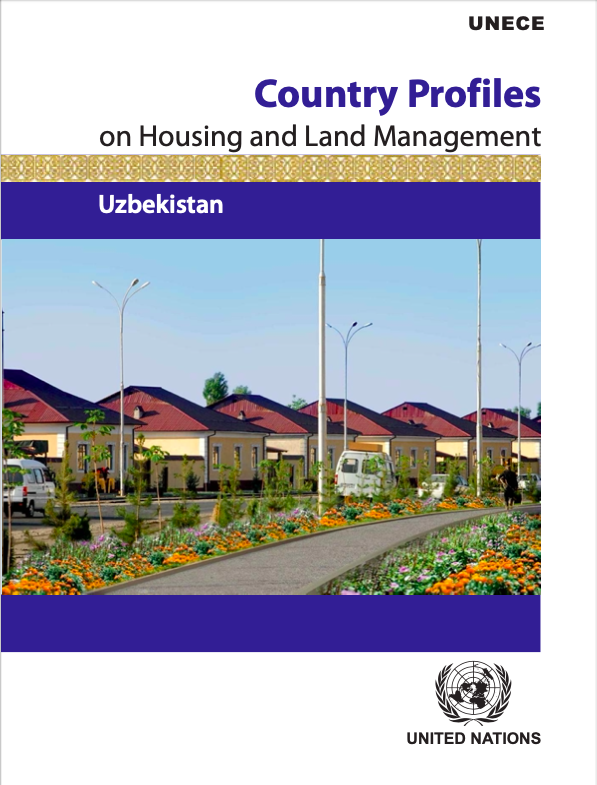Hub-Periphery Development Pattern and Inclusive Growth
The hub-periphery development pattern of
the Guangdong economy, to some extent, is a miniature of
that of the Chinese economy. The Pearl River Delta, drawing
from its first-nature comparative advantages in factor
endowments and proximity to Hong Kong SAR, China, and Macau
SAR, China, and the second-nature advantages as first-movers
in the reforms in attracting and retaining domestic and
foreign resources, has developed into a regional economic



